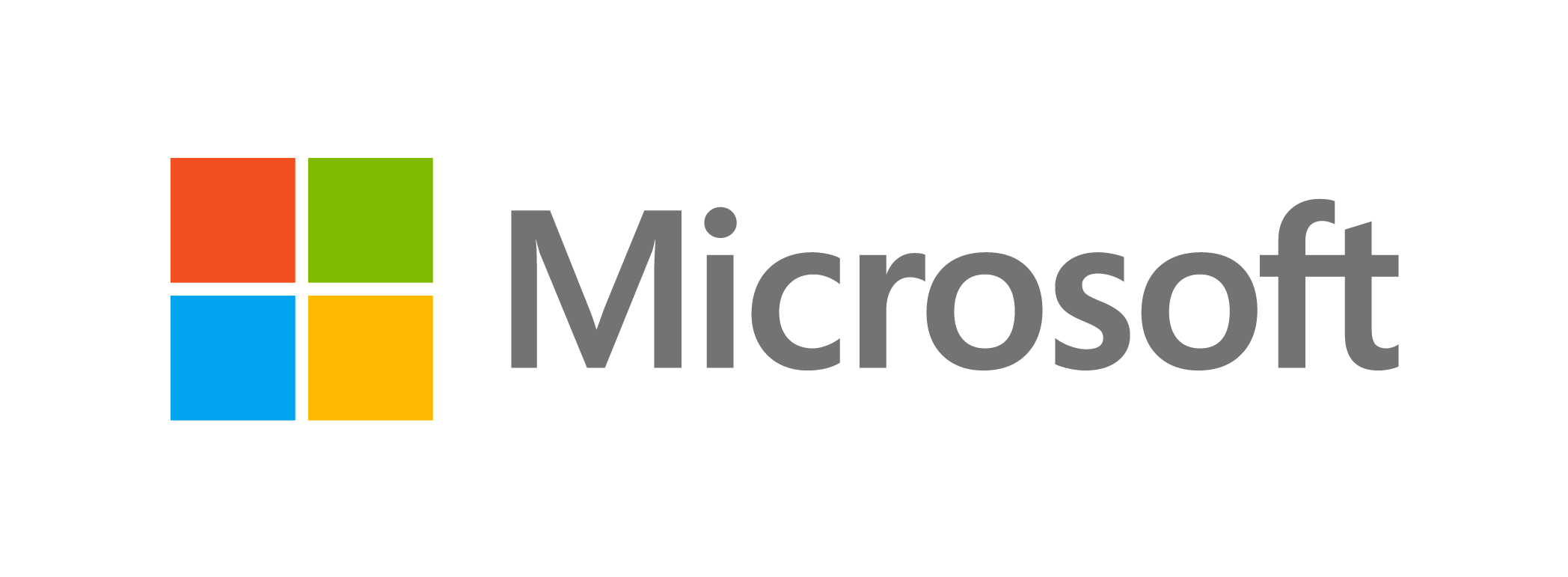Anticipating Tomorrow's Care: The Limitless Potential of Predictive Health
Presented by
Microsoft

Imagine receiving a full physical from your optometrist. What you expect to be a simple eye exam can become a comprehensive screening for medical conditions like hypertension, heart disease, and diabetes. With powerful technologies like artificial intelligence (AI) combined with sophisticated algorithms, this scenario is no longer confined to our imaginations—it’s happening now at health organizations around the world.
How AI-enhanced Algorithms Drive Predictive Health
Predictive health harnesses the power of AI and algorithms to sift through and analyze large quantities of health data in various structured and unstructured formats, such as text, voice, and imagery. These technologies can identify patterns and predict health outcomes by examining electronic health records (EHRs), genetic information, lifestyle data, and environmental factors. Machine learning models can improve their predictions over time as they are fed more data, identifying potential health issues before they become apparent through traditional diagnostic methods. Recall the earlier eye exam example; instead of requiring patients to schedule separate appointments with individual providers, AI can compile and synthesize data that helps a patient’s cross-functional care team make collaborative diagnoses and recommendations.
Making an Impact on Patient Care and Public Health
The implications of predictive health for patient care and public health are profound. For individuals, predictive analytics can lead to early detection of conditions such as cancer, kidney disease, and dementia, allowing for timely intervention that can significantly improve outcomes. On a broader scale, predictive health can inform public health strategies by identifying potential outbreaks and health crises before they occur, enabling a more effective allocation of resources and preventative measures. This proactive approach has the potential not only to save lives but also to reduce healthcare costs by preventing diseases rather than treating them after they have developed.
Real-Life Uses Cases in Federal Healthcare
Predictive health plays a critical role in federal healthcare systems, including the Department of Veterans Affairs (VA) and the Food and Drug Administration (FDA) in the U.S.; and the National Health Service in England. These agencies are leveraging predictive analytics to improve patient care, enhance operational efficiency, and ensure the safety of medical treatments. For instance, the VA uses predictive models to identify veterans at high risk of suicide or drug addiction, allowing for targeted preventative care and support. Additionally, the FDA employs predictive analytics in its New Era of Smarter Food Safety Blueprint to strengthen the prevention of foodborne illnesses with real-time alerts before contaminated foods are consumed. In the UK, Microsoft is partnering with the NHS by applying predictive analytics to procedure wait times to allocate staff resources better and deliver high-quality patient care faster.
The Biggest Challenges in Predictive Health
Despite its potential, predictive health faces significant challenges. The sheer size of datasets needed for accurate predictions can be daunting, requiring substantial computational resources. Additionally, the diversity of data sets, including structured data like medical records and unstructured data like doctor's notes, complicates analysis. Perhaps most critical is the issue of bias in AI models, which can lead to inaccurate predictions for minority groups or individuals with rare conditions. Addressing these challenges requires rigorous data management practices and continuous refinement of predictive models.
How Can Healthcare Organizations Get Started?
Healthcare organizations looking to incorporate predictive health into their practices should first examine their current workflows and outline the optimal state of these workflows. For example, how is your organization administering vaccines? Traditionally, many practices have required doctors to provide vaccines to patients directly. With vaccine democratization, not only can nurses and nurse practitioners take on these tasks, but vaccines can be fully relinquished to ambulatory clinics like retail pharmacies and urgent cares. Redesigning traditional workflows like vaccine management can free up clinical resources while making vaccines more accessible and affordable to patients.
Second, health systems should invest in robust data infrastructure and analytics capabilities that seamlessly connect different data formats and sources. Organizations should focus on collecting high-quality, diverse datasets while ensuring privacy and security. Training staff in data literacy and ethical AI is also vital. Collaborating with technology partners can provide access to advanced analytics tools and expertise.
Lastly, as with most challenges, it is best to adopt an iterative approach. Start with pilot projects to refine predictive models and integration strategies before scaling to additional initiatives. Consider the domino effect of the problems you’re trying to solve—if you correct one issue, how will it impact another? Build a strategic plan to include predictive analytics into your practices, step by step.
The emergence of predictive health is a beacon of innovation, shining a light on care that is not just reactive, but proactive. It represents a paradigm shift in healthcare, where diseases are prevented before they occur and public health crises are averted through foresight. As technology like AI advances and healthcare organizations embrace these transformations, anticipatory care becomes increasingly attainable, heralding a new era of health and well-being.
----------
Whether your health organization is just getting started with predictive analytics or you’re looking to scale up, Microsoft Cloud for Healthcare has technology experts ready to help.
This content is made possible by our sponsor Microsoft; it is not written by and does not necessarily reflect the views of GovExec's editorial staff.
NEXT STORY: Supercharging Science: AI and High-Performance Computing’s Potential in Federal Research







